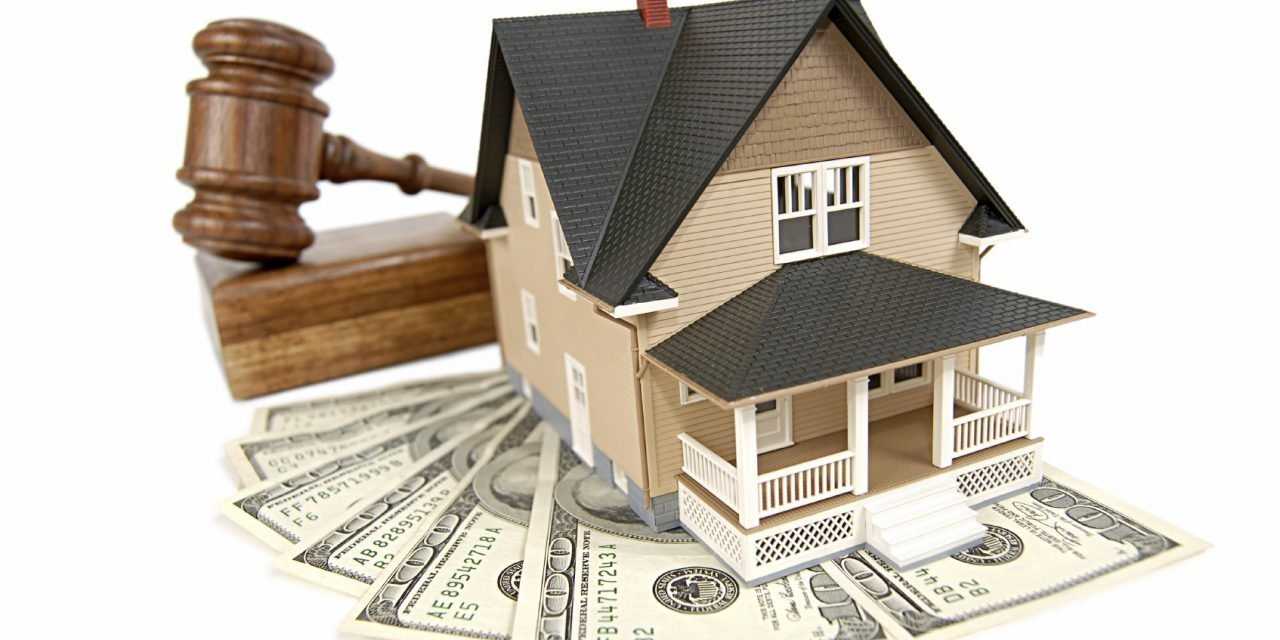BY: JAY BRIJPAUL
Have you ever witnessed a live auction? The auctioneer starts the bidding and the highest bidder wins. Real estate auctions are popular in Australia and are gaining grounds in the US. It provides an alternate way of selling real estate. The traditional way of selling real estate is through closed bids where buyers do not know what other buyers will pay. In an auction, it is not a secret and every buyer knows what the other is offering.
The traditional way of “offer and acceptance” works well in a stable market but live or online auctions work best in a rising market. Usually, the original offer price is set low to lure buyers. The bidding date is set for about two weeks in advance. Potential buyers can view the home during an allotted time. Buyers who are interested must register their interest before the auction and they are given a bidding ticket. The seller sets a “reserve” price and can turn down any offer below that price. Friends and families of the seller and the auctioneer are not allowed to make false offers to excite the crowd.
In the traditional way, the buyer purchases the home subject to the bank’s approval and inspection. In an action, however, there is no cooling off period. Once the hammer drops, you have purchased the home. If the roof caves in immediately after the purchase, it’s the buyer’s responsibility. Buyers must do their due diligence prior to the auction date by obtaining a pre-approval from the bank, complete a home inspection, and conduct a title search to ensure that there are no back taxes or liens on the property. The process can be expensive, especially if the buyer loses out on a few bids.
With a live auction, the buyer is required to pay an additional 10% for the auctioneer’s fee. The process can be detrimental, especially in high ratio mortgages, because the fee is not considered part of the purchase price. The buyer must have money set aside for both the auctioneer and the down payment. A hybrid version where the seller pays the auctioneer and the fee is built into the purchase price is more accommodating. Online versions of the auction are even more intriguing because you can shop online, shortlist the homes you would like to bid on and then place your bid. Buyers must be careful not to bid on more than one home at a time because there is no cooling off period.
Real estate auctions will work in Ontario because they are an open bid where a buyer knows exactly what the others are willing to pay. In the current system, that is a secret between the selling realtor and the seller. Buyers, with the fear of losing out, may offer much more than is required to buy the property. Sellers will have an option in the way they can sell their home. In the traditional way, a home can be under contract for many months with a real estate company. With bidding, it can be over in two weeks with a few hours of disruption for showings.
For real estate auctions to be successful in Ontario, The Ontario Real Estate Association must revamp the current system, setting new rules and regulations. In the traditional way, pertinent information about an offer, such as the price and other conditions, cannot be disclosed unless all parties agree. With an auction, this process will be transparent, and homeowners feel that they can get the best deal for their home.
For the process to work, the seller should provide an inspection and an appraisal report prior to bidding. On closing, any liens or encumbrances, such as property taxes and mortgages, must be paid for by the seller. Buyers must be able to do their research quickly and without much cost.
Real estate transactions are complex and involve many aspects. A realtor’s job is to exercise the duty of caring for the client. With auctions, however, a question remains — will this care still be there?


Babiker Salih
June 26, 2019 at 6:14 am
please let me know when ever you have an auction